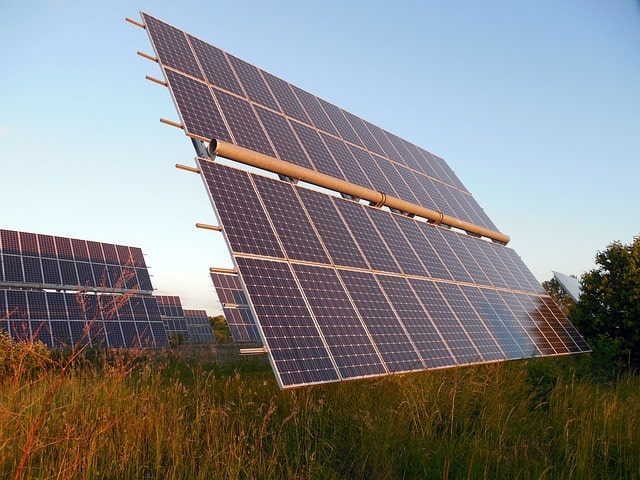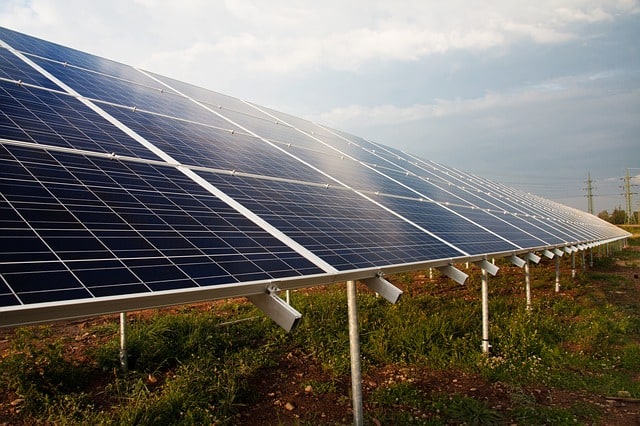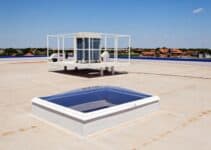Imagine a place, where everything from cars to homes to industries are powered by solar energy. Where the air is pure. Energy costs nothing. Power shortages are history. Man is finally at peace with the environment. With dangerous escalating pollution levels, depleting natural resources and out of control fuel prices, the world is looking to the skies for the solution.
The answer lies in tapping the unlimited, clean, eco-friendly energy of the sun. The sun is the key to the existence of life on the earth. It has been there for billions of years and continuously shooting its solar energy in our direction. The sun continues to warm our planet and we need to find some more efficient ways to harness it’s energy to full potential.
The sun is absolutely exhilarating when we think about it. Light originating from the sun travels millions of miles across space through the atmosphere to reach us. It provides warmth, visual light, and energy needed by plant life on earth. Imagine if this vast resource could be harnessed and utilized in a useful way. This is exactly what solar power aims to do.
Solar power is obtained by tapping the sun’s energy and converting it into electricity using solar energy technologies like solar panels or concentrated power. Solar power is the most renewable form of energy existing today. Solar power is classified as renewable energy source as it’s eternal on a human time scale. It does not produce harmful emissions, and most importantly, it’s absolutely free. On the contrary, fossils fuels like oil, gas, and coal are non-renewable energy resources since they are in limited supply. Simply stated, we will run out of fossils fuels some day.
How Does Solar Power Work?
The sun rays contain vast amounts of energy. Naturally, when the sun rays strike an object, the energy is immediately converted into heat. Think of the warmth you perceive when lying in the sun. However, when the sun rays strike certain specially designed materials, it’s converted into electrical current, which can be tapped for electricity. These specially designed devices capable of converting the sun’s energy into electricity are called solar panels or photovoltaic panels.
A solar panel is made up of multiple solar cells or photovoltaic cells, which are chiefly responsible for converting the sun’s energy into electricity. Photovoltaic is the scientific process whereby solar energy is converted into electricity. Each solar panel or photovoltaic panel comes with a given number of silicon cells. These cells react with photons existing in the sun rays to generate direct current (DC).
The direct current is then channeled to an inverted where it’s converted into Alternating Current (AC). The Alternating current is transmitted to your home or office distribution network and is now able to power your home or office appliances. When you produce more electricity than you need, the surplus is fed back into the national power grid, which can earn you some money.
2 Most Popular Methods to Collect Solar Energy
There are few methods used to convert the sun’s energy into electricity, but the most common ones are solar panels and solar thermal systems. Let’s look at both in detail.
- Solar thermal systems
Solar thermal systems are primarily applied to residential buildings where there is greater need to lower monthly energy bills. However, this technology can also be utilized in commercial buildings. The idea behind solar thermal systems is to tap the sun’s energy, convert it into heat and channel it into your home or business heating system as hot water or space heating. A wide variety of approaches can be applied here including active and passive systems.
A typical example of an active system is the solar hot water heater. Solar hot water heaters come in huge range of designs and include a collector immersion heater and a storage tank. The solar collector is usually black in color to absorb maximum energy from the sun. The collector contains a transfer liquid, which is normally a blend of water and glycol, commonly known as antifreeze. This combination helps to prevent freezing of water during winter.
The heated water in the collector is then channeled to a heat exchanger situated in the storage tank in your home. The heat coming from the exchanger will heat up the water contained in the storage tank. After the liquid emits its heat, the water is allowed to flow back to the collector for further heating. The function of the controller is to make sure the liquid circulates to the collector when enough heat is available.
Passive systems involve innovative engineering designs that culminate to a building that automatically stores up and uses solar energy. A typical example of passive system used to generate solar energy is the greenhouse. A greenhouse gathers solar energy on a sunny day and uses it to keep your house warm during the night.
How the greenhouse principle works?
The sun rays are trapped by the greenhouse action of strategically cited (north facing) glass areas that are entirely exposed to the sun. The efficiency of the whole process depends on window orientation, frames, shades and glazing type. The trapped heat is later absorbed and stored by high thermal materials in the house. The heat is released during the night to cater for the lost heat in order to lower maintain the required temperature in the house.
Passive solar heating is utilized along with passive shading, which enables maximum absorption of solar energy during winter and mitigates overheating during summer. This heat balance is attained by properly citing the areas of the glass (northern orientation) including properly designed eave overhangs. Re-radiated heat is well circulated to where it’s needed via an effective air flow design and convection.
The most effective form of heat circulation is direct re-radiation. However, heat is also conducted via building materials and circulated by air movement. Designing the floor should also be taken into account when looking to apply the greenhouse principle. The most essential rooms such as living rooms should be designed facing north to ensure they get the best winter solar access.
Heat loss is substantially reduced with the right window treatments and impeccably insulated attic, walls, and raised floor. The thermal storage system must also be properly insulated to achieve high levels of effectiveness.
Quality windows and doors, airlocks, airtight construction detailing, and draught sealing substantially reduce air infiltration. The overall shape of the house and room layout should be designed appropriately to reduce heat loss, which occurs from every part of the building, but rapidly through the roof. In cold climates, it’s more efficient to have compact shapes that substantially reduce roof and external wall area. When the climate becomes warm, more external wall is essential to enable incredible cross-ventilation.
- Solar photovoltaics or solar panels
Photovoltaic involves direct conversion of sun rays into electricity at the atom level. Specific materials manifest a characteristic called the photoelectric effect that triggers them to absorb photons contained in the sun rays and emit electrons. These free electrons are later captured resulting in an electric current that can be utilized as electricity.
How solar photovoltaic works?
Photovoltaic cells or solar cells are made of semiconductor material known as silicon. It all starts by a thin semiconductor wafer contained in the solar cells. The semiconductor wafer is carefully treated to create an electric field; positive field on one side and negative field on the other. When the sun rays hit the solar cell, electrons are knocked off the atoms in the semiconductor material. An electric circuit is formed when electrical conductors are tethered to the positive and negative sides, allowing the electrons to be harnessed as electrical current (electricity). This electricity can be used to power homes or businesses.
When a given number of solar cells are electrically tethered to each other, and set up on a support structure or frame, it’s referred to as a photovoltaic module. Modules are specially developed to provide electricity at a predetermined voltage, like the common 12-volt system. The strength of the voltage produced depends upon the intensity of sun rays striking the surface of the solar cell.
Numerous modules can be joined to form an array. Generally, if the area of the array is larger, more electric power will be generated. Photovoltaic cells produce direct current (DC). The direct current is transmitted to a converter that turns it into Alternating Current (AC) that is able to power home and office appliances.







